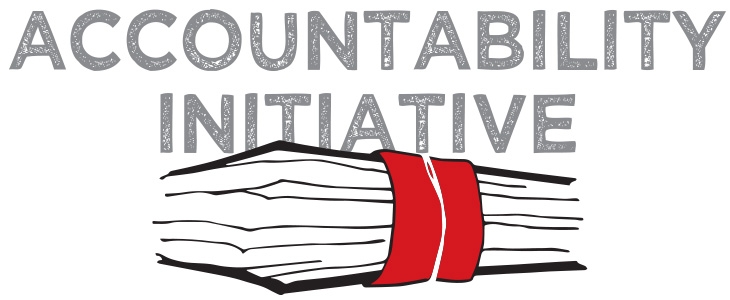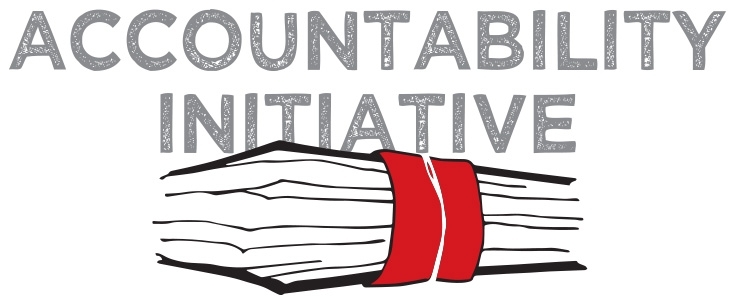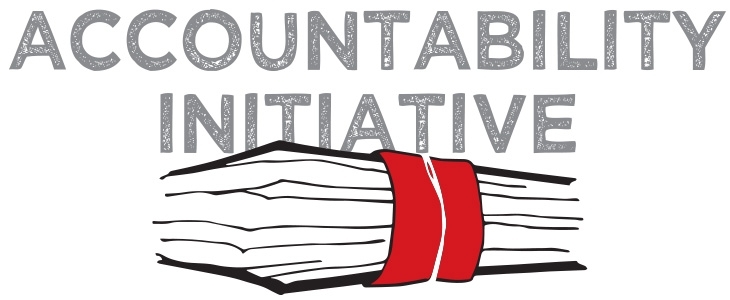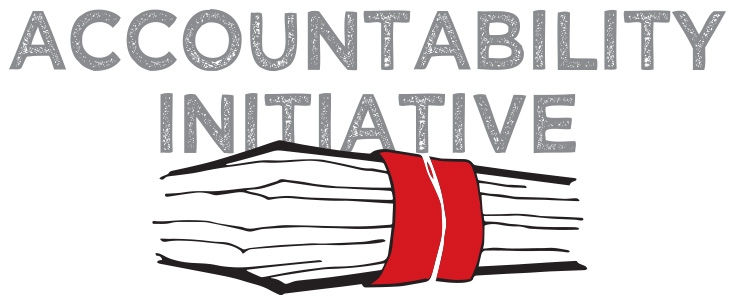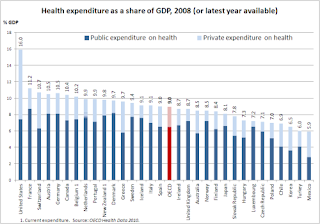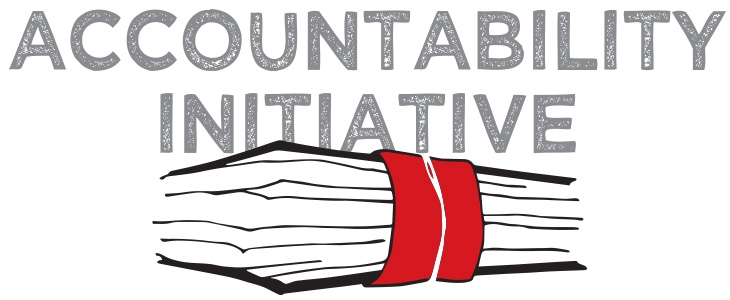Foreign Policy and the Fund for Peace have been publishing the Failed States Index since 2005. The 2010 Index uses 90,000 publicly available sources to assess 177 countries and rate them on 12 metrics of state decay—India ranked 87 and received a score of 77.8.
Higher scores on a metric indicate a greater degree of failure. The scores used are from the Fund for Peace publication as there appears to be some inconsistency in the Foreign Policy publication’s score.
|
No.
|
Metric
|
India’s score
|
|
1
|
Mounting demographic pressures
|
8.3
|
|
2
|
Massive movement of refugees or internally displaced persons, creating complex humanitarian emergencies
|
4.9
|
|
3
|
Legacy of vengeance-seeking group grievance or group paranoia
|
7.3
|
|
4
|
Chronic and sustained human flight
|
6.7
|
|
5
|
Uneven economic development across group lines
|
8.9
|
|
6
|
Sharp and/ or severe economic decline
|
5.0
|
|
7
|
Criminalization and/ or delegitimization of the State
|
5.5
|
|
8
|
Progressive deterioration of public services
|
7.0
|
|
9
|
Suspension or arbitrary application of the rule of law and widespread violation of human rights
|
6.0
|
|
10
|
Security apparatus operates as a “State within a State”
|
7.1
|
|
11
|
Rise of factionalized elites
|
6.0
|
|
12
|
Intervention of other states or external political actors
|
5.1
|
|
|
Total
|
77.8
|
While the most recent analysis of the scores is not yet available, past assessments by the organizations and recent news are useful in deciphering the factors that may have contributed to these scores.
1) The score on the demographic pressure metric is due to high population density relative to food supply and other essential resources in the country, and pressures from skewed population growth that have led to a “youth bulge”.
2) India does not have a major refugee or IDP problem but does have a manageable influx of refugees from Tibet, Afghanistan and Sri Lanka.
3) Group grievance scores are high primarily in Kashmir, as a result of the rise of militant groups, communal violence, and tensions between India and Pakistan. An increasingly violent Maoist insurgency and the rise of Naxalism have also exacerbated grievances.
4) Human flight indicators remain high for India as a significant percentage of the country’s educated population leave tostudy or find jobs elsewhere.
(5) and (6) The Indian economy has rapidly developed and established itself as the world’s second-fastest growing economy. India’s recently updated foreign direct investment policy (2005) has helped further open markets. And India’s significant economic growth (GDP increased by 6.8 % in 2009 despite a global recession) has been inequitable, as a large section of the population lives in poverty.
7) Politicians running campaigns and being elected to office while on trial for criminal charges have undermined state legitimacy. While Indian law prohibits convicted criminals from holding office, nothing prevents them from doing so until they have been convicted. Apart from the growth of crime syndicates linked to government officials, there is endemic corruption and widespread resistance to accountability and transparency—something the recently passed Right to Information Act may improve.
The FfP’s most recent assessment of India’s core state institutions:
8) The quality of public services is severely lacking, especially in rural areas. Nonetheless, government efforts to improve health and education services (such as through the NRHM) have contributed to an improving score on this metric. Significant efforts this year—the Right to Food Act and the Right to Education—may further help.
9) India has a decent human rights record, having recently made concrete steps toward expanding the rights of womenand LGBT populations. However, the state is sometimes accused of preventing human rights organizations from entering Kashmir.
10) The rise of militant groups as well as the power wielded by Kangaroo courts and unofficial governing bodies in rural areas impact performance on this metric. Populations often turn to these bodies to address their grievances due to social custom or a lack of confidence in elected officials.
11) Communal, caste and regional tensions are sometimes reflected in government which has led to the factionalization of elites, but this is often mitigated by India’s functioning democracy.
The quality of public services is a metric that India consistently performs poorly on. Whereas demographic pressures fluctuate with factors like natural disasters that lead to a massive loss of life, the progressive deterioration of public services can perhaps more effectively be tackled through systemic reforms and improved accountability. It’s important to note that India’s score of 7.0 on this metric puts it behind countries like Ghana, Kazakhstan, Namibia that it is more developed than in other categories.
The writer is an intern at the Accountability Initiative.


